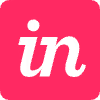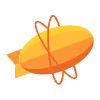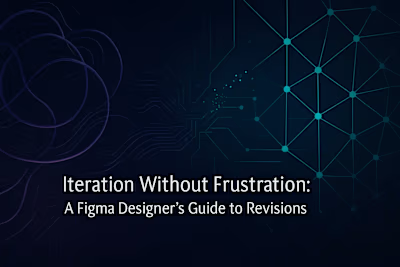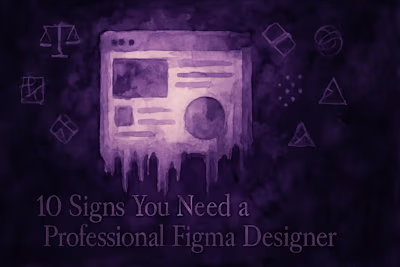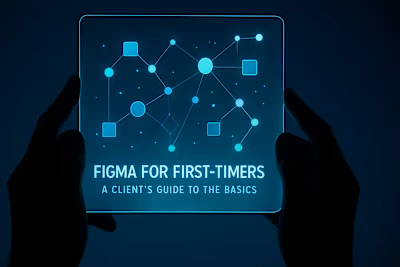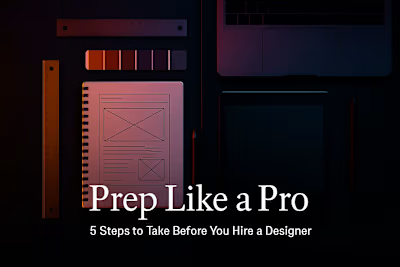UX, UI, or Product Designer? Decoding the Roles You Actually Need
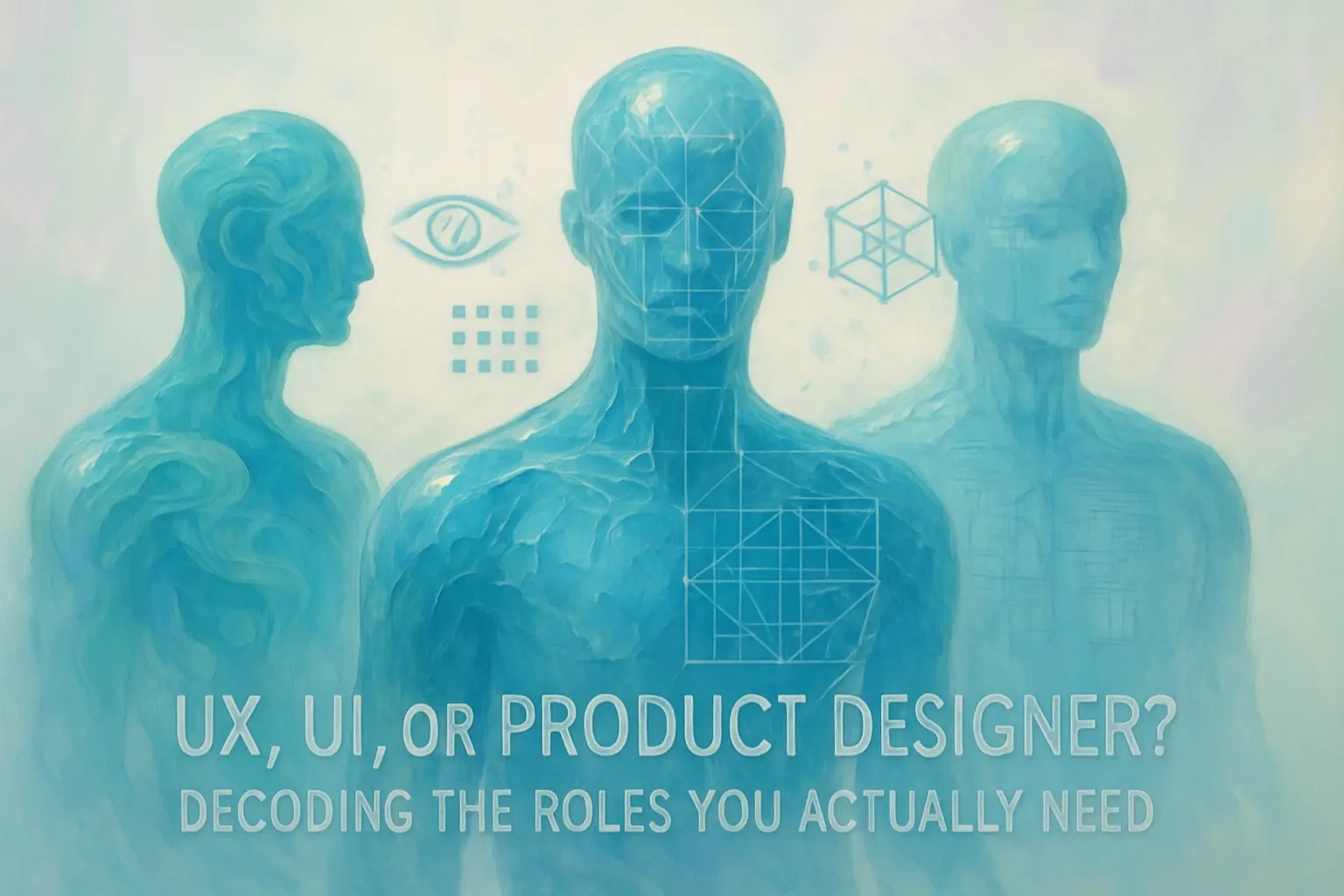
UX, UI, or Product Designer? Decoding the Roles You Actually Need
The UX (User Experience) Designer: The Architect of the Journey
Core Responsibilities
Key Questions a UX Designer Asks
When to Hire a UX Designer
The UI (User Interface) Designer: The Visual Stylist
Core Responsibilities
Key Questions a UI Designer Asks
When to Hire a UI Designer
The Product Designer: The Holistic Problem-Solver
Core Responsibilities
Key Questions a Product Designer Asks
When to Hire a Product Designer
UX vs. UI vs. Product Designer: A Summary Table
Which Designer Do You Need for Your Figma Project?
References
UX, UI, or Product Designer? Decoding the Roles You Actually Need
The UX (User Experience) Designer: The Architect of the Journey
Core Responsibilities
Key Questions a UX Designer Asks
When to Hire a UX Designer
The UI (User Interface) Designer: The Visual Stylist
Core Responsibilities
Key Questions a UI Designer Asks
When to Hire a UI Designer
The Product Designer: The Holistic Problem-Solver
Core Responsibilities
Key Questions a Product Designer Asks
When to Hire a Product Designer
UX vs. UI vs. Product Designer: A Summary Table
Which Designer Do You Need for Your Figma Project?
References
Posted Jul 6, 2025
Don't know whether to hire a UX, UI, or Product Designer? This guide explains the key differences and responsibilities to help you find the right Figma expert.




